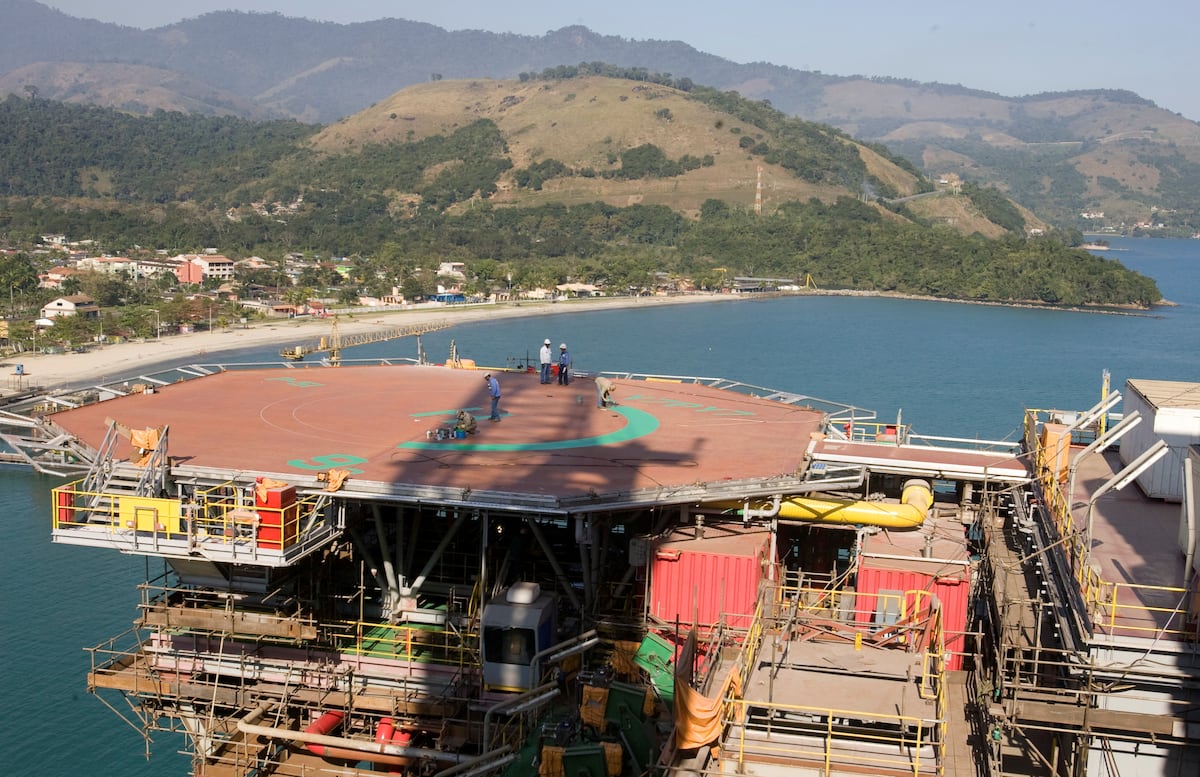Signs of flooding are piling up.
Although still on the rise, global oil demand is putting on the brakes: compared to the growth of 2.3 million barrels per day in 2023, this year the increase will remain practically in half (1.2 million), according to the latest projections from the International Energy Agency (IEA).
Behind this slowdown emerges a combination of factors: moderate economic growth, greater efficiency in consumption and an increasingly notable rise in the electric vehicle - and, in general, battery-powered mobility -, which is beginning to take the most polluting cars and motorcycles on the road.
The other market force will also contribute to further widening a gap that has become the main cause of concern for crude oil producers and that clearly puts downward pressure on prices.
Supply will grow by 1.5 million barrels per day in 2024, with four American countries as the main protagonists of the growth: the United States, Brazil, Guyana and Canada.
None of them, except Brazil - which has just announced its accession - is part of the OPEC+ cartel, an organization that - under the leadership of Saudi Arabia and Russia - has been trying for months to correct the imbalance in the market with supply cuts.
This policy, however, is not bearing the expected results: compared to almost 100 dollars at the end of summer, the price of Brent (the European market reference) now does not reach 80.
Risk in the Middle East
Despite this underlying dynamic, which will be exacerbated in the coming years, as electrification and sustainable fuels gain weight in transportation, the IEA warns of the risk that growing geopolitical tensions in the Middle East, which have “ in tension” in these first stages of 2024.
“The US and UK air offensive against Houthi targets in Yemen, in response to the Iran-backed group's attacks on oil tankers in the Red Sea, raises concerns about an escalation of the conflict that could further disrupt the flow of oil. ”, write the technicians of the Paris-based organization.
“Although oil and liquefied natural gas (LNG) production has not been affected, a growing number of ship owners are diverting their cargoes that previously passed through the Red Sea.”
One fact says it all: almost 10% of the oil and 8% of the gas moved by ship around the world passes through – or passed through – the area.
The second largest exporter of liquefied natural gas (LNG) in the world, Qatar, announced on Monday that its LNG carriers will abandon the route and opt for the longest route: that of the Cape of Good Hope (South Africa), which adds almost two weeks of navigation and that makes transportation substantially more expensive.
More information
Qatar stops sending gas to Europe through the Red Sea and reopens the South African route
All in all, the IEA believes that the market will be “reasonably well supplied” in 2024. Largely, thanks to “higher than expected” production in non-OPEC+ countries, which will impose their law against cuts. of the cartel and that will make the new supply “exceed the growth in demand by a wide margin.”
More Russian exports
After a few first months of relative effectiveness, Western sanctions on Russian oil have stopped bearing fruit in recent months.
Far from slackening, crude oil exports from the Eurasian giant grew by 500,000 barrels a day in December, reaching a new world high of 7.8 million barrels a day out of monthly pumping of almost 9.5, according to the energy arm of the OECD. .
These figures make Russia the second largest producer in the world, only after the United States and clearly ahead of the traditional leader, Saudi Arabia.
With these numbers in hand, the IEA estimates that Moscow's oil revenues amounted to $14.4 billion in December.
A very substantial figure, but lower than that of previous months due to the greater discounts that it was forced to apply in order to be able to sell its crude oil - which had become toxic in much of the world, as a result of the invasion of Ukraine - and, above all, due to the general fall in the price of crude oil.
Follow all the information on
Economy
and
Business
on
and
X
, or in our
weekly newsletter
Subscribe to continue reading
Read without limits
Keep reading
I am already a subscriber
_

